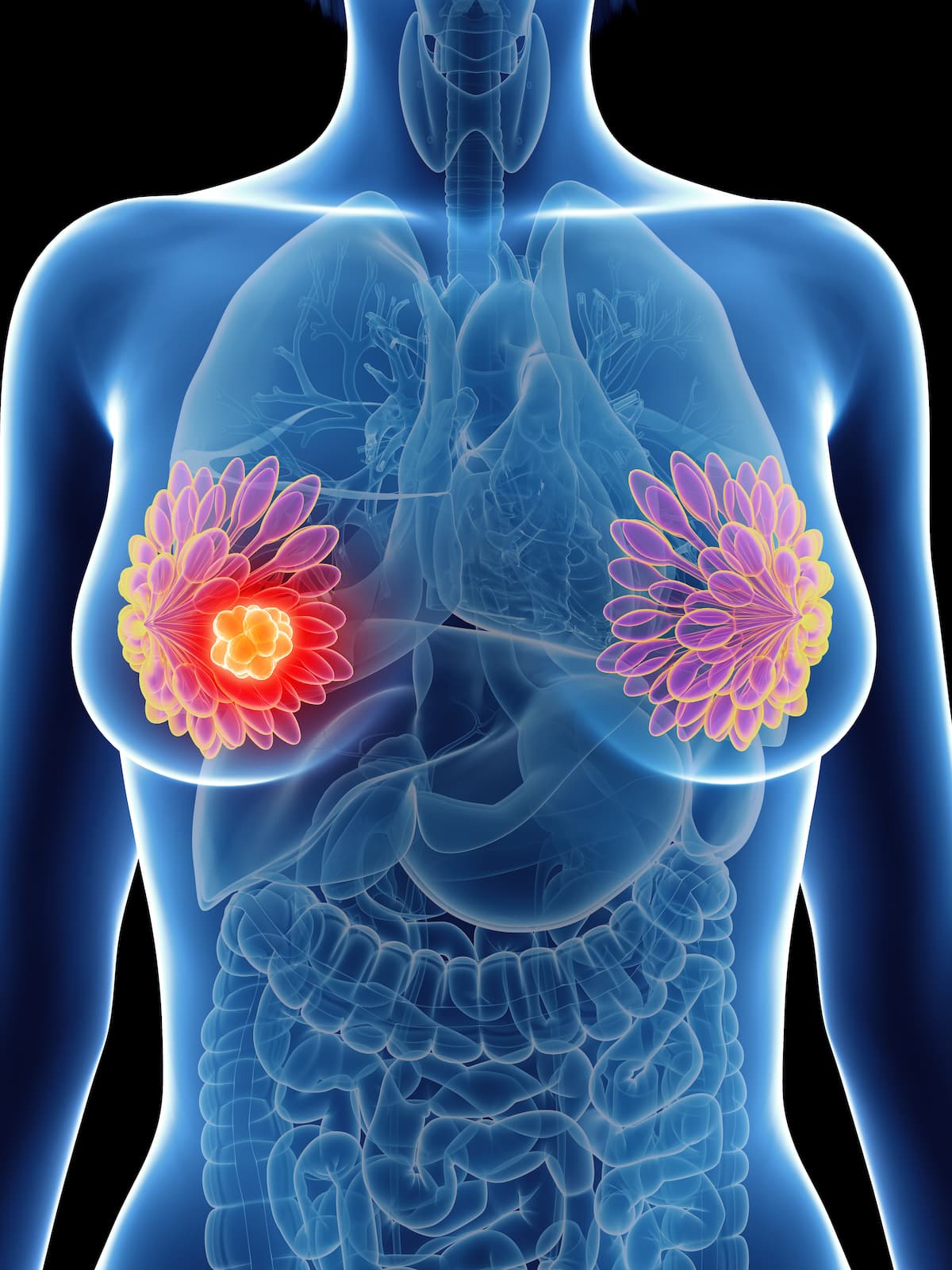NCCN Guidelines Support Goserelin for Ovarian Suppression in Breast Cancer
The National Comprehensive Cancer Network has issued a category 2A recommendation for the use of goserelin for ovarian function suppression in those with breast cancer.
"In addition to the 3.6-mg monthly dose, I am pleased to see that the NCCN recognizes the role of goserelin [at] 10.8 mg every 12 weeks as an option for premenopausal [patients] with HR-positive breast cancer," according to Virginia Kaklamani, MD.

Goserelin (Zoladex) has been included as a treatment option for inducing ovarian function suppression among patients with breast cancer at 2 dose levels in version 1.2024 of the National Comprehensive Cancer Network (NCCN) Practice Guidelines in Oncology.1
In the “Principles of Adjuvant Endocrine Therapy” section of the updated guidelines, goserelin is listed as one of the suitable GNRH agonist options for ovarian function suppression among premenopausal patients with hormone receptor (HR)–positive breast cancer. The guideline authors issued a category 2A recommendation for administering goserelin at 3.6 mg subcutaneously every 4 weeks or at 10.8 mg subcutaneously every 12 weeks.
For initiating ovarian function suppression, the guidelines recommend beginning the procedure with neoadjuvant or adjuvant chemotherapy. If the treatment plan does not include chemotherapy, then ovarian function suppression should be initiated on its own for 1 to 2 cycles or in combination with concurrent tamoxifen until estradiol levels reach the postmenopausal range. At this point, practices should consider treating patients with an aromatase inhibitor.
“In addition to the 3.6-mg monthly dose, I am pleased to see that the NCCN recognizes the role of goserelin [at] 10.8 mg every 12 weeks as an option for premenopausal [patients] with HR-positive breast cancer,” Virginia Kaklamani, MD, professor of medicine in the Division of Hematology and Medical Oncology at The University of Texas (UT) Health Sciences Center San Antonio and leader of the breast cancer program at the Mays Cancer Center, home to UT Health San Antonio MD Anderson, stated in a press release on the updated guidelines.2
Investigators assessed goserelin at 10.8 mg every 12 weeks for ovarian suppression in premenopausal patients with HR-positive breast as part of various international studies.1
In an open-label, randomized, phase 3 trial (NCT01073865), the 24-week progression-free survival (PFS) rate was 61.5% (n = 67/109) among those who received goserelin at 10.8 mg every 12 weeks compared with 60.2% (n = 68/113) in patients who were treated with goserelin at 3.6 mg every month.3 These data highlighted the noninferiority of the 10.8-mg dose compared with the 3.6-mg dose. Additionally, the objective response rate (ORR) in each respective arm at 24 weeks was 23.9% (n = 21/88) vs 26.9% (n = 25/93), leading to a treatment difference of –3.0% (95% CI, –15.5% to 9.7%).
All patients enrolled on this phase 3 trial received concomitant tamoxifen at 20 mg once a day. The trial’s primary end point was the 24-week PFS rate. Secondary end points included ORR and serum estradiol (E2) concentrations.
Premenopausal patients 20 years and older with histologically or cytologically confirmed hormone-sensitive breast cancer with at least 1 evaluable lesion at baseline were able to enroll on the trial. Additional eligibility criteria included having a World Health Organization performance status of 0 to 2.
According to findings from a real-world study published in ESMO Open, the E2 suppression rate was 98.96% in patients who received goserelin at 10.8 mg every 3 months compared with 92.71% in those who received a 3.6 mg dose every month (risk difference, 0.065; 95% CI, 0.021-0.135; P = .0187).4 After 5 years in the 10.8-mg and 3.6-mg cohorts, respectively, the overall survival (OS) rates were 96.6% vs 93.8%, the disease-free survival (DFS) rates were 99.0% vs 96.7%, and the PFS rates were 77.1% vs 80.0%.
The study included premenopausal and postmenopausal patients with breast cancer who initiated treatment with goserelin at Sun Yat-sen University Cancer Center, China between January 2015, and December 2022. The trial’s primary end point was the proportion of those with E2 suppression, with secondary end points including OS, DFS, and PFS.
References
- NCCN. Clinical Practice Guidelines in Oncology. Breast cancer, version 1.2024. Accessed February 12, 2024. https://www.nccn.org/professionals/physician_gls/pdf/breast.pdf
- Goserelin dosing options included in the National Comprehensive Cancer Network® (NCCN) breast cancer guidelines. News release. TerSera Therapeutics LLC. February 5, 2024. Accessed February 9, 2024. http://tinyurl.com/yc6xpjhd
- Noguchi S, Kim HJ, Jesena A, et al. Phase 3, open-label, randomized study comparing 3-monthly with monthly goserelin in pre-menopausal women with estrogen receptor-positive advanced breast cancer. Breast Cancer. 2016;5:771-779. doi:10.1007/s12282-015-0637-4.
- Wu H, Bian L, Xie J, et al. 111P Goserelin 3 monthly depot is noninferior to goserelin monthly depot in the treatment of breast cancer: a real-world evidence study. ESMO Open. 2023;8(1):101335. doi:10.1016/j.esmoop.2023.101335
Gedatolisib Combo With/Without Palbociclib May Be New SOC in PIK3CA Wild-Type Breast Cancer
December 21st 2025“VIKTORIA-1 is the first study to demonstrate a statistically significant and clinically meaningful improvement in PFS with PAM inhibition in patients with PIK3CA wild-type disease, all of whom received prior CDK4/6 inhibition,” said Barbara Pistilli, MD.